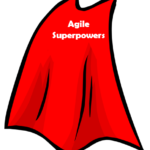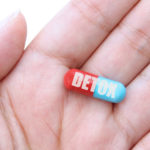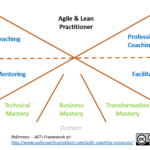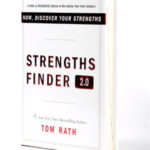Agile Superpowers are feeling skills or attitudes. How can you up your game and tap into your inner wisdom to help your teams and organization? They can be looked at as a space to ‘come from’ when working with others in a team, as a leader, as a coach, or in any capacity that requires you to engage with others. The idea of Agile Superpowers is based on metskills (more on that later).
The challenge in writing or talking about Agile Superpowers, is how to convey a feeling or attitude in words. There is an essence that we don’t want to lose when talking about Agile Superpowers, but in trying to define them we risk losing that essence. One example of an Agile Superpower is curiosity. Curiosity not about being a “questioner”, but to have curiosity in your bones! I mean REALLY REALLY REALLY curious! The kind of curious where judgement and ego fade away!








